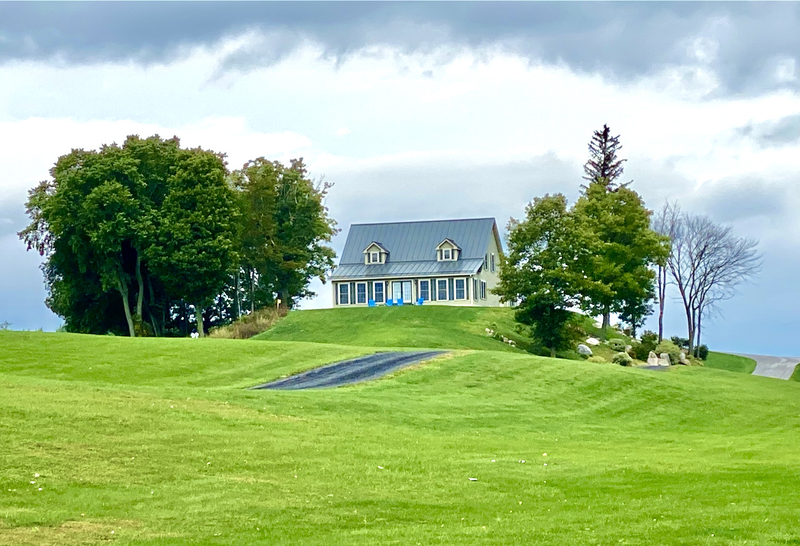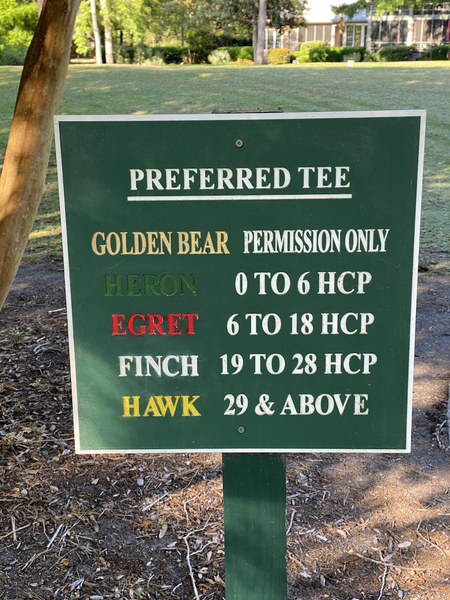I write this the day after the U.S. Government announced that fully vaccinated Canadians are welcome to cross our northern borders and begin again, after 18 months, to spend money at American stores, hotels…and golf courses. Golf clubs as far away as Myrtle Beach are celebrating, given the Canadian penchant for starting their golf seasons in February.
The impact of the decision will be even greater in northern New England. During a recent monthlong stay in Vermont, I played more than a half dozen golf courses within an hour of the border. Most of their clubhouses fly Canadian flags alongside Old Glory and accept Canadian dollars. Indeed, the closer you get to the border, the greater the percentage of revenue from Canadian golfers, according to club owners. Ski resort Jay Peak, just five miles from the border and a little over an hour from Montreal, is home to the best golf course of the dozen I have played in Vermont (my review of the course here). The opening of the border just in time for the ski season will be a tremendous boon to revenues at Jay, and come the spring, the 10,000 annual rounds of golf played there in the last two years will likely double. (Look also for a rise in annual membership fees from the current ridiculously low $700 per season for weekday play.)
No one may be happier to see renewed Canadian traffic than the owner of Alburg Golf Links in the town of the same name, an hour east of Jay Peak but also about five miles from the border. I played golf at Alburg in early September (see my review), my second visit there in the past few years, and after the round I chatted with the golf pro who told me the club was for sale, along with 200 adjacent acres of land. (The golf course itself sits on about 225 acres, some with commanding views of Lake Champlain.) A ridge line runs through the attached property where some future homes will look down to the lake. About 1,700 feet of waterfront property is included in the sale.
 Lake Champlain is in full view, if not in play, on the first hole at Alburg.
Lake Champlain is in full view, if not in play, on the first hole at Alburg.
Alburg is 45 minutes from Burlington, VT, and Plattsburgh, NY – both with functional commercial airports – but the most important proximity is Montreal, about an hour away and home to 4.2 million in the metro area. I toured the Alburg property with the real estate agent who has the listing and I saw tremendous potential as a second-home golf community as well as a weekend retreat for some of those 4 million Montrealers. Cabins along parts of the golf course and single-family homes on the adjacent property would be an attractive mix; to a developer’s delight, the town of Alburg does not impose regulations on what you can build on its land and its published planning document almost begs for anything tourist related.
The entire 425-acre property, golf course and adjacent land, is listed for $2.5 million. The only home sits at the property’s highest point, with beautiful views of the golf course and the lake. For the buyer of the entire property, it is available at $495,000; I had a tour of the house and that seems like a more-than-reasonable price.
 The only home on the golf course at Alburg LInks has views from its back porch (shown) of Lake Champlain and wraparound views of the golf course.
The only home on the golf course at Alburg LInks has views from its back porch (shown) of Lake Champlain and wraparound views of the golf course.
Yes, the Alburg Golf Links property is remotely located and, yes, the golf season is short, about mid-April to end of October, but with seas rising and threatening the coasts, with wildfires driving people away from the Pacific Northwest and California, with summer temperatures (and the seemingly more intense hurricanes) becoming intolerable for many retirees in Florida, Vermont could very well be the next retirement hot spot in the U.S. Along with your golf clubs and perhaps a boat, bring a warm coat and consider taking up ice fishing. Contact me if you would like more information on Alburg Golf Links.
























